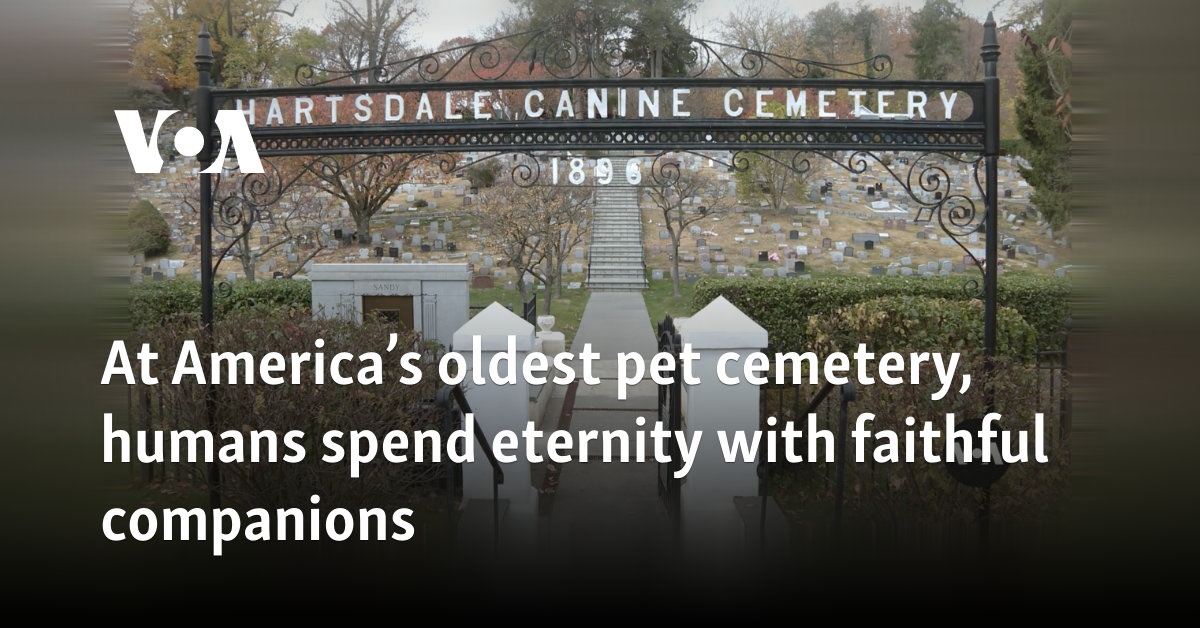a compact and portable solar power setup, consisting of two solar panels, a charge controller, and two deep-cycle batteries. The solar panels are securely mounted on stands, designed for stability and optimal sun exposure. The panels are connected in parallel using MC4 connectors, allowing for increased current output while maintaining consistent voltage.
The generated electricity flows into a charge controller, which manages the power input to protect the batteries from overcharging or discharging. The controller is essential for extending the lifespan of the batteries and ensuring system efficiency. Two deep-cycle batteries, placed beneath each panel, store the energy generated, making it available for use during periods without sunlight.
The setup uses high-quality cabling with organized connections, ensuring a safe and efficient flow of electricity. This system is ideal for off-grid applications, such as powering small appliances, RVs, or camping setups. Its modular design allows for easy transportation and potential expansion by adding more panels or batteries.
https://www.facebook.com/share/p/15xVbnyGda/
The generated electricity flows into a charge controller, which manages the power input to protect the batteries from overcharging or discharging. The controller is essential for extending the lifespan of the batteries and ensuring system efficiency. Two deep-cycle batteries, placed beneath each panel, store the energy generated, making it available for use during periods without sunlight.
The setup uses high-quality cabling with organized connections, ensuring a safe and efficient flow of electricity. This system is ideal for off-grid applications, such as powering small appliances, RVs, or camping setups. Its modular design allows for easy transportation and potential expansion by adding more panels or batteries.
https://www.facebook.com/share/p/15xVbnyGda/
a compact and portable solar power setup, consisting of two solar panels, a charge controller, and two deep-cycle batteries. The solar panels are securely mounted on stands, designed for stability and optimal sun exposure. The panels are connected in parallel using MC4 connectors, allowing for increased current output while maintaining consistent voltage.
The generated electricity flows into a charge controller, which manages the power input to protect the batteries from overcharging or discharging. The controller is essential for extending the lifespan of the batteries and ensuring system efficiency. Two deep-cycle batteries, placed beneath each panel, store the energy generated, making it available for use during periods without sunlight.
The setup uses high-quality cabling with organized connections, ensuring a safe and efficient flow of electricity. This system is ideal for off-grid applications, such as powering small appliances, RVs, or camping setups. Its modular design allows for easy transportation and potential expansion by adding more panels or batteries.
https://www.facebook.com/share/p/15xVbnyGda/
0 التعليقات
0 المشاركات
218 مشاهدة
0 معاينة











